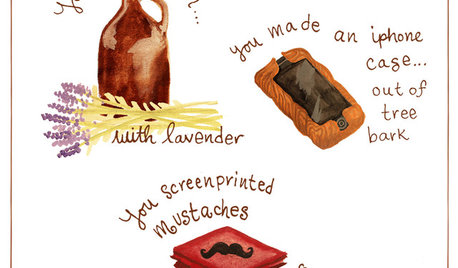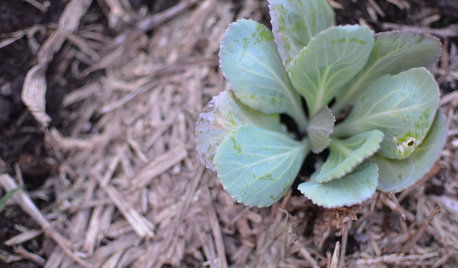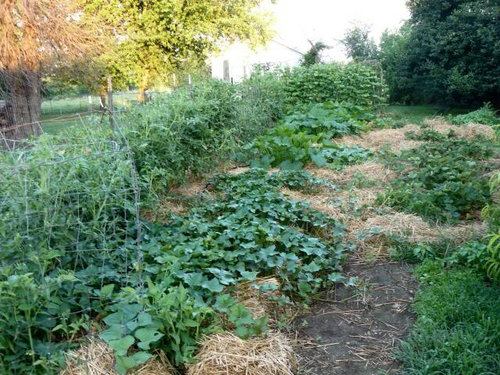Speaking of squashes (and s. bugs)
gldno1
10 years ago
Related Stories

EDIBLE GARDENSSummer Crops: How to Grow Squash
Almost foolproof and with cheerful flowers, squash comes in a wide range of varieties to plant in spring
Full Story
GARDENING AND LANDSCAPINGPorch Life: Banish the Bugs
Don't let insects be the bane of your sweet tea and swing time. These screening and product ideas will help keep bugs at bay on the porch
Full Story
GARDENING AND LANDSCAPINGBreezy and Bug-Free Modern Porches
Screening keeps pests out of these diverse porches across the U.S., while thoughtful designs keep them visually appealing
Full Story
DIY PROJECTS12 Signs You've Caught the DIY Bug
Been making inventive things from scratch? Repurposing salvaged pieces creatively? It may be more serious than you think
Full Story
FARM YOUR YARDHouzz Call: Home Farmers, Show Us Your Edible Gardens
We want to see where your tomatoes, summer squashes and beautiful berries are growing this summer
Full Story
REGIONAL GARDEN GUIDESMid-Atlantic Gardener's September Checklist
Squash, anyone? Cool-season veggies are suiting up for the garden, while summer's last blooms are winding down
Full Story
DECORATING GUIDESSo Your Style Is: Southwestern
Does the singular beauty of the American desert speak to you? If so, Southwestern design style may be ideal for your home
Full Story
EDIBLE GARDENSGarden BFFs? Why Your Vegetables Are Begging for Companion Plants
Foster friendships among plants for protection from pests, pollination support and color camaraderie
Full Story
KITCHEN DESIGNObsessed With Gray in the Kitchen
See How to Use This Sexy Neutral to Heat Up Your Cookspace
Full StoryMore Discussions









helenh
sunnyside1
Related Professionals
West Milford Landscape Architects & Landscape Designers · Ashburn Landscape Architects & Landscape Designers · Middle River Landscape Architects & Landscape Designers · Salisbury Landscape Architects & Landscape Designers · Sahuarita Landscape Architects & Landscape Designers · Alexandria Landscape Contractors · Anderson Landscape Contractors · Beverly Hills Landscape Contractors · Burien Landscape Contractors · Cerritos Landscape Contractors · Fort Wayne Landscape Contractors · Milford Mill Landscape Contractors · North Ridgeville Landscape Contractors · Riverhead Landscape Contractors · Washington Landscape Contractorszeeshanaayan07
sunnyside1
helenh
sunnyside1
beth_b_kodiak
helenh
sunnyside1
rockwhisperer OK zone 6A
gldno1Original Author
rockwhisperer OK zone 6A
beth_b_kodiak
rockwhisperer OK zone 6A
helenh
gldno1Original Author
helenh
rockwhisperer OK zone 6A